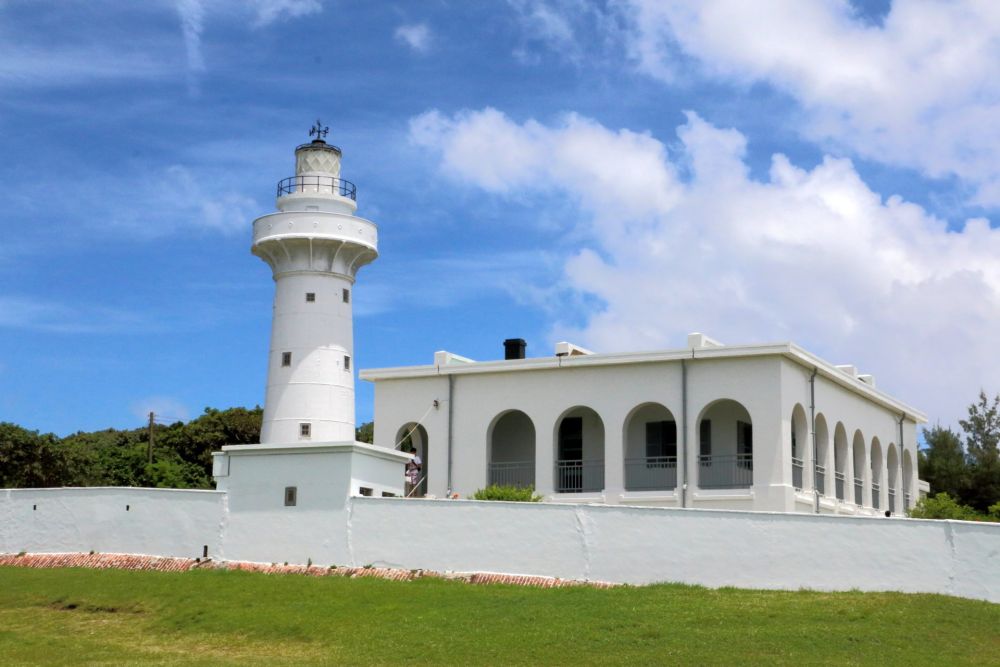

Taiwan's southernmost point, the Hengchun Peninsula, is home to one of the island's most iconic landmarks: Eluanbi Lighthouse. Often referred to as "The Light of East Asia," this towering structure has a rich history intertwined with Taiwan's development and growth as a tourist destination.
Constructed in 1883 during the Qing Dynasty, the Eluanbi Lighthouse was built in response to increased pirate activity and the need for safe navigation around Taiwan's treacherous southern coastline. Designed by British engineer David Marr Henderson, it stands as a testament to the maritime history and international involvement on the island.
Throughout the years, the lighthouse has survived multiple attacks and damages, especially during World War II when it was nearly destroyed. Post-war restoration efforts have seen the lighthouse rebuilt and preserved, symbolizing resilience and the importance of history in Taiwan's culture.
Since its inception, Eluanbi Lighthouse has been a significant point of interest for visitors. However, it wasn't until the late 20th century that tourism in the area began to flourish. The Taiwanese government's initiatives to boost international tourism turned the lighthouse and its surrounding Kenting National Park into a major attraction.
The development of local infrastructure, including roads, hotels, and other tourist services, has made the lighthouse easily accessible and a must-visit destination in Taiwan. The addition of a visitor center and the organization of guided tours have also enhanced the tourist experience considerably.
In recent years, tourism at Eluanbi Lighthouse has evolved with new trends. Environmental awareness and eco-tourism have become increasingly popular, with visitors seeking sustainable and responsible travel experiences. Furthermore, the rise of social media has also boosted its popularity, as many travelers come to capture the picturesque views of the lighthouse and coastline.
Another growing trend is the integration of technology in tourism. Virtual tours and augmented reality experiences are beginning to make their way into the offerings at the lighthouse. This attracts a tech-savvy generation and those unable to travel to experience the beauty and history of Eluanbi Lighthouse.
From an essential maritime safety tool to a symbolic historical landmark, Eluanbi Lighthouse has stood the test of time. Its transition to a prominent tourist attraction speaks volumes about Taiwan's dedication to preserving and showcasing its heritage. With continuous efforts to adapt to new tourism trends, the lighthouse remains one of the brightest jewels in Taiwan's tourism crown.